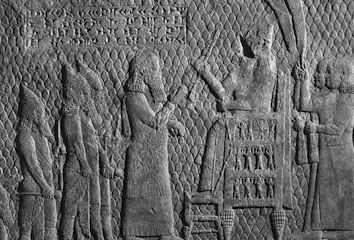Sennacherib (r. 704–681 BC)

Several paving stones of breccia reused and reinscribed by the Neo-Babylonian ruler Nebuchadnezzar II attest to Sennacherib, son and immediate successor of Sargon II, sponsoring one or more building projects at Babylon. These inscribed paving stones are reported to have been part of the Processional Way in the court leading to the main eastern gate in the enclosure wall of the Etemenanki precinct. Therefore, it is assumed that Sennacherib restored the Processional Way of Babylon's patron god Marduk, Ay-ibūr-šabû. Since Sennacherib had Babylon destroyed and left "kingless" after he captured it in 689 BC, this building project was probably undertaken during his first reign over Babylonia (704–703 BC) or when his vassal Bēl-ibni or his son Aššur-nādin-šumi sat on the throne of Babylon (702–694 BC).
Jamie Novotny
Jamie Novotny, 'Sennacherib (r. 704–681 BC)', Babylonian Temples and Monumental Architecture online (BTMAo), The BTMAo Project, a sub-project of MOCCI, [http://oracc.org/btmao/StructuresbyBuilder/Neo-AssyrianPeriod/Sennacherib/]